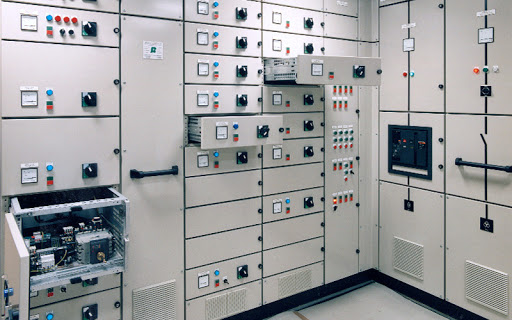Revolutionizing Medical Imaging: Positron Emission Tomography (PET) Scanners
Positron
Emission Tomography (PET) scanners have revolutionized medical imaging by
providing valuable insights into the functioning of organs and tissues at the
molecular level. This non-invasive imaging technique has become a cornerstone
in diagnosing and monitoring various diseases, advancing medical research, and
guiding personalized treatment plans. PET scanning relies on the detection of
positron-emitting radiotracers, which are short-lived radioactive compounds
injected into the patient's body. As these radiotracers decay, they emit
positrons, which then annihilate with electrons, producing pairs of gamma rays.
Highly sensitive detectors surrounding the patient's body capture these gamma
rays, allowing the reconstruction of three-dimensional images that display the
distribution of the radiotracers in the tissues.
According
to Coherent Market Insights, The global positron
emission tomography (PET) scanners market is
estimated to account for US$ 1,107.6 Mn
in 2019 in terms of value and is expected to reach US$ 1,549.7 Mn by the end of 2027.
One
of the primary applications of PET scanners is in oncology. PET scans can
detect and stage cancer, assess treatment response, and identify potential
metastases. By visualizing the increased metabolic activity of cancer cells,
PET imaging helps oncologists make more informed decisions about treatment
plans, leading to better patient outcomes. PET scanners also play a critical
role in neurology. They are used to study brain function, aiding in the
diagnosis and management of neurological disorders such as Alzheimer's disease,
Parkinson's disease, epilepsy, and stroke. PET scans can assess blood flow,
glucose metabolism, and neurotransmitter activity in different brain regions,
providing valuable information about brain health and dysfunction. Furthermore,
PET scanning is instrumental in cardiology. By evaluating blood flow and
myocardial viability, PET scans can help diagnose coronary artery disease and
determine the extent of damage following a heart attack. This information
guides treatment decisions, such as revascularization procedures or medical
therapy, ultimately improving patient outcomes.
PET
imaging is also making significant contributions to research and drug
development. Scientists use PET scans to study the pharmacokinetics and
pharmacodynamics of new drugs, assess their target engagement, and investigate
the efficacy of treatments at a molecular level. This accelerates the
development of novel therapies and aids in the understanding of disease
mechanisms. Recent advancements in PET technology have led to improved image
resolution, reduced scan times, and increased sensitivity. Hybrid PET-CT and
PET-MRI scanners have emerged, combining PET with other imaging modalities for
even more comprehensive and precise diagnostic information. In conclusion, Positron Emission
Tomography (PET) scanners have
revolutionized medical imaging by providing valuable functional and molecular
information. From oncology and neurology to cardiology and drug development,
PET scans have become indispensable tools for diagnosis, treatment planning,
and medical research. As technology continues to advance, PET imaging will
undoubtedly play an even more significant role in shaping the future of medicine,
leading to better patient care and outcomes.
%20Scanners.jpg)



Comments
Post a Comment